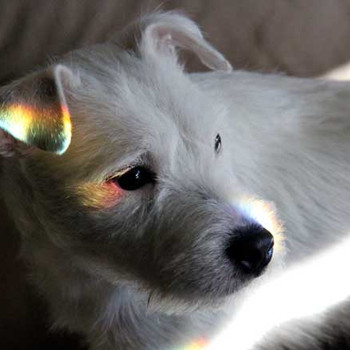How do I do this? See picture below. Thanks
2 Answers
(a)
(b)
(c) "The larger the number of spins, the greater..."
Explanation:
(a) Out of
(b) In theory, each slice should be landed on an equal number of times, as they are equally sized. Since
(c) The law of large numbers indicates that the experimental results of an experiment tend to "even out" towards the theoretical average.
Refer to the explanation.
Explanation:
Divide the number of times the spinner landed on a grey slice by the total number of spins.
Divide the number of grey slices by the total number of slices.
or
or


